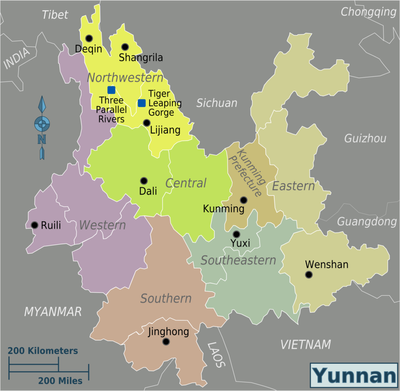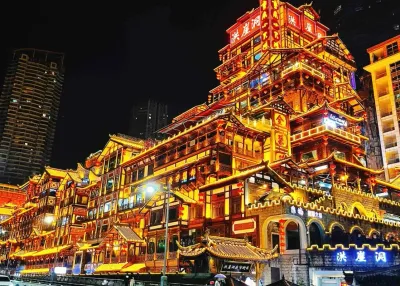On this page
Introduction
Southwest China is a region filled with lush landscapes, rich ethnic diversity, and a slower pace of life compared to China's bustling metropolises. It offers a perfect blend of natural wonders, vibrant cultures, and culinary adventures, making it an ideal destination for travelers seeking an authentic and immersive experience.

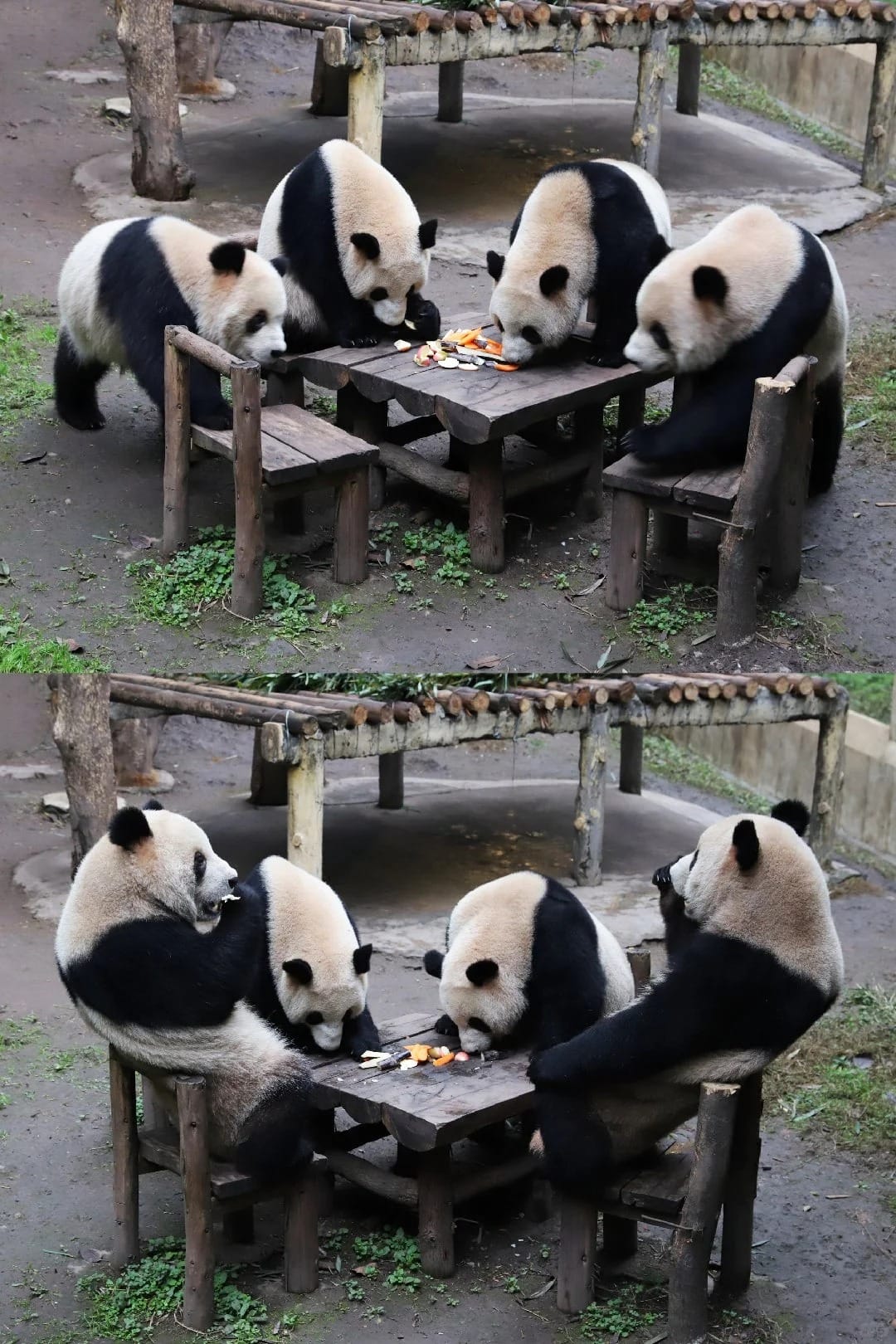

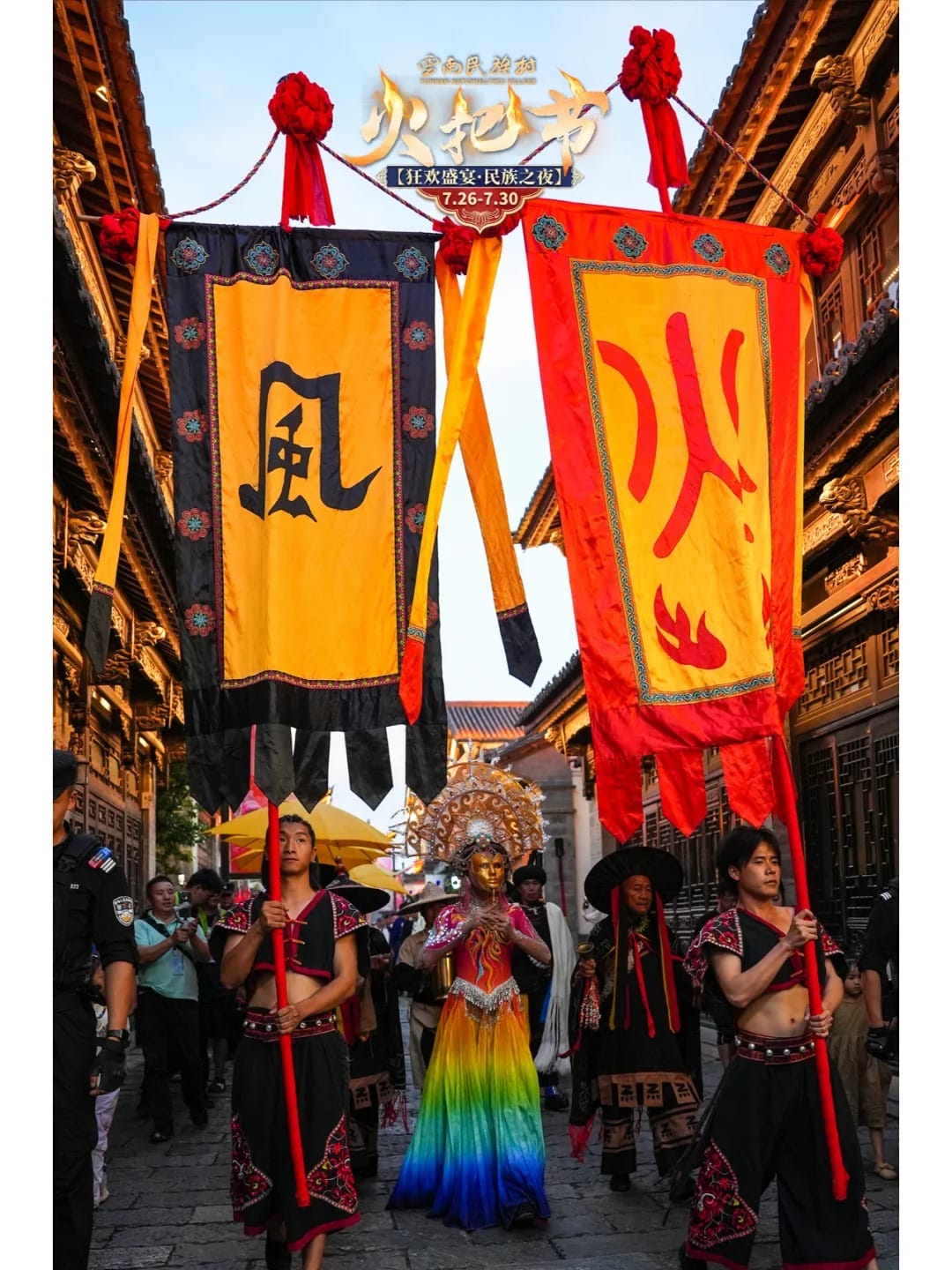



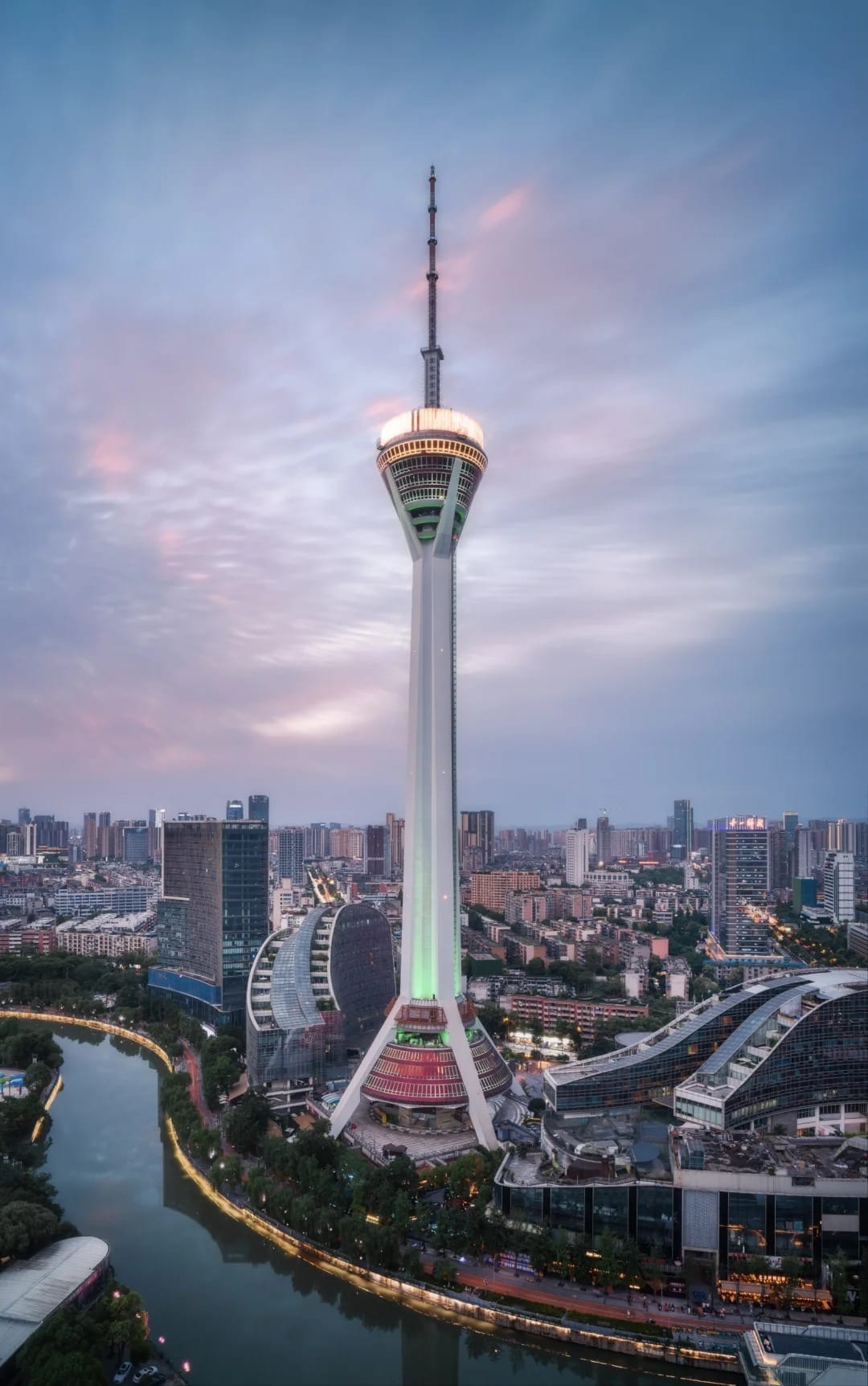
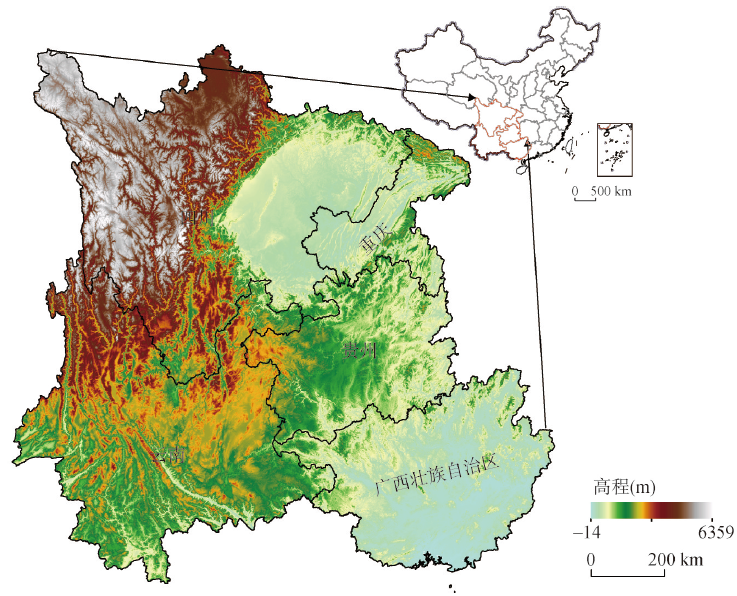
Highlights
Natural Beauty
- Yangshuo: Nestled along the Li River, Yangshuo is renowned for its stunning karst formations. Activities include bamboo rafting, rock climbing, and cycling through picturesque villages.
- Jiuzhaigou Valley: Located in Sichuan, this UNESCO World Heritage site features multi-colored lakes, waterfalls, and snow-capped peaks.
- Tiger Leaping Gorge: One of the deepest gorges in the world, located in Yunnan, offering spectacular trekking routes.
- Dali and Erhai Lake: Dali is a historic town in Yunnan, known for its ancient architecture and the serene Erhai Lake.
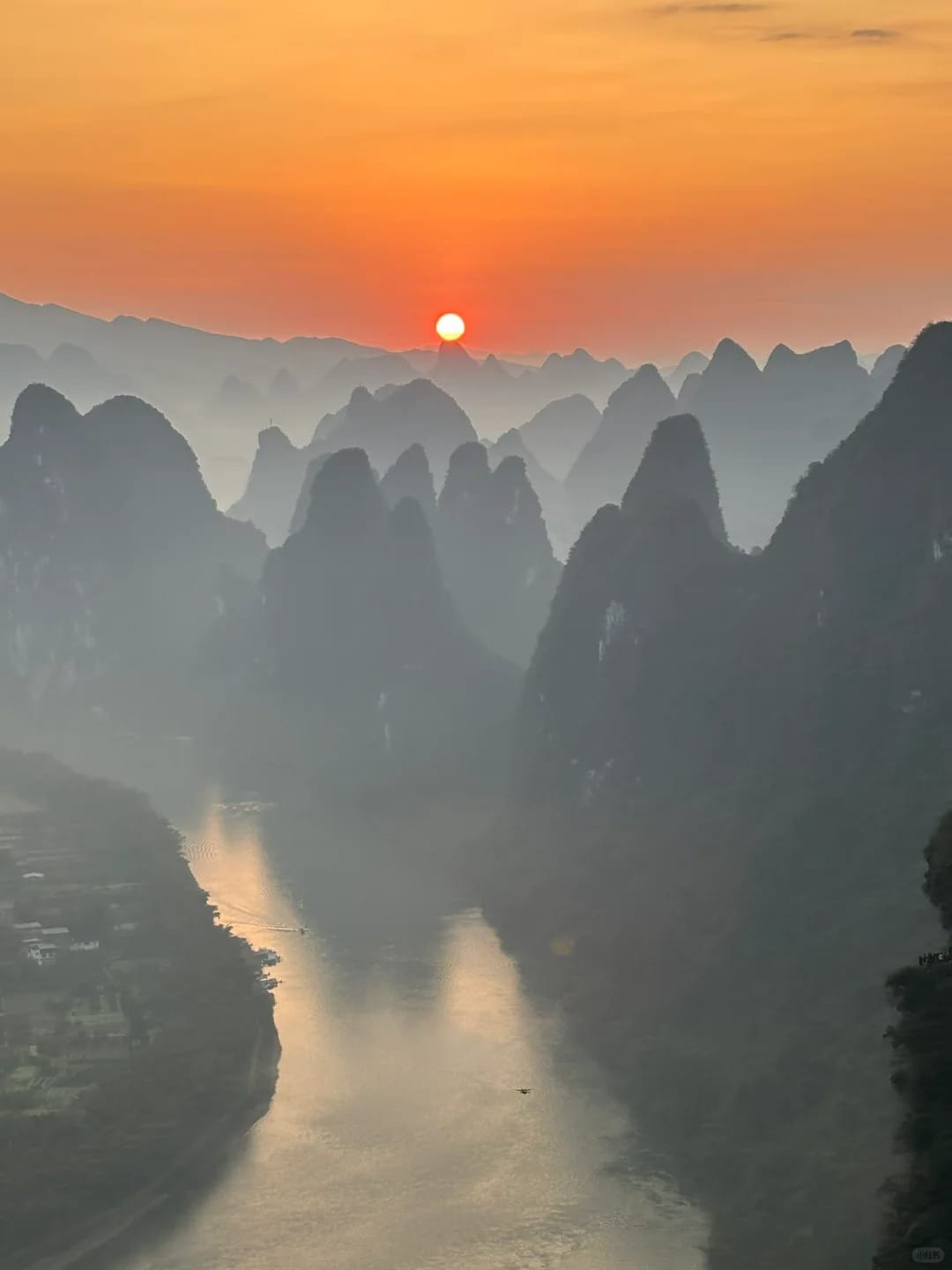
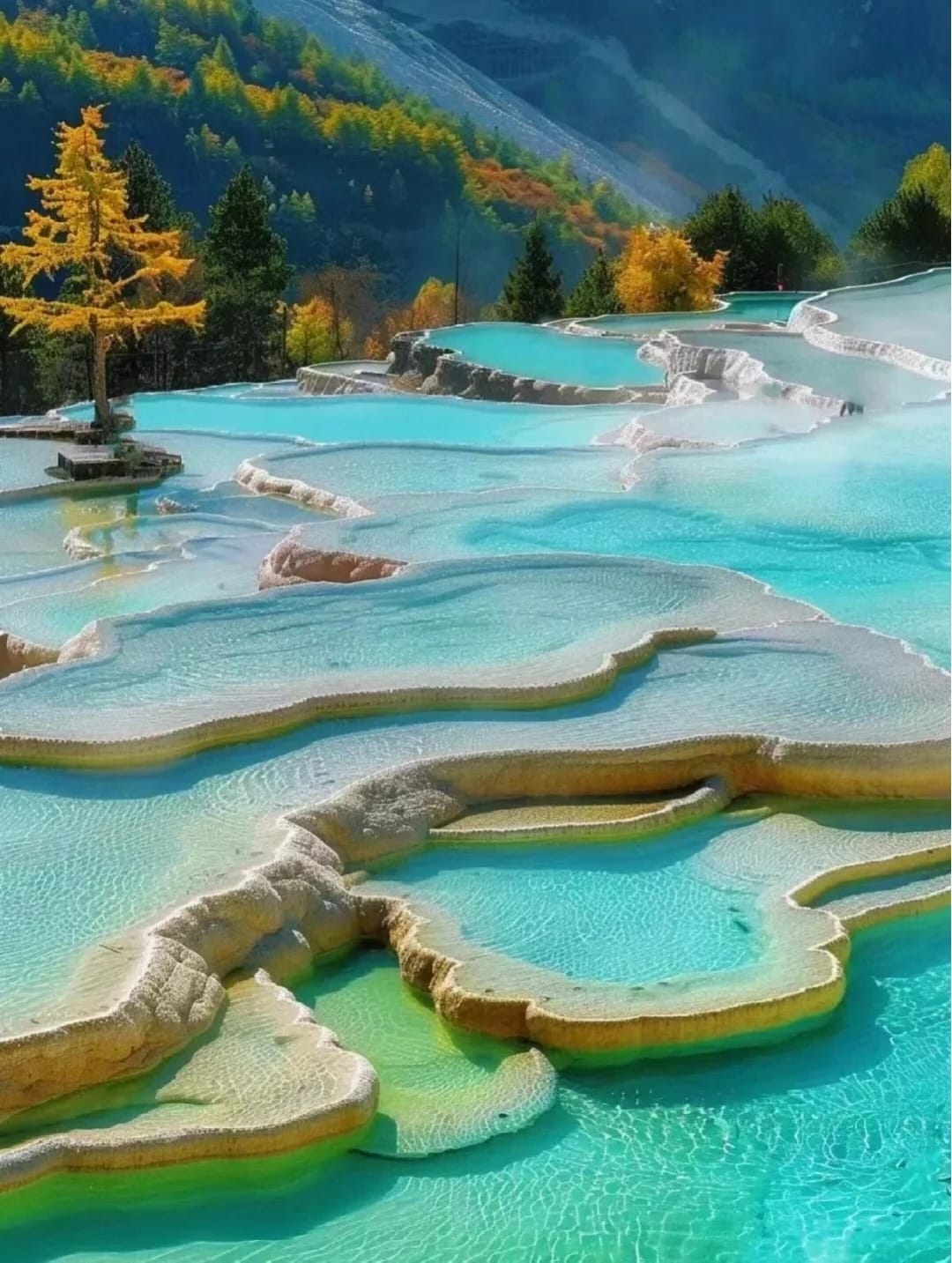
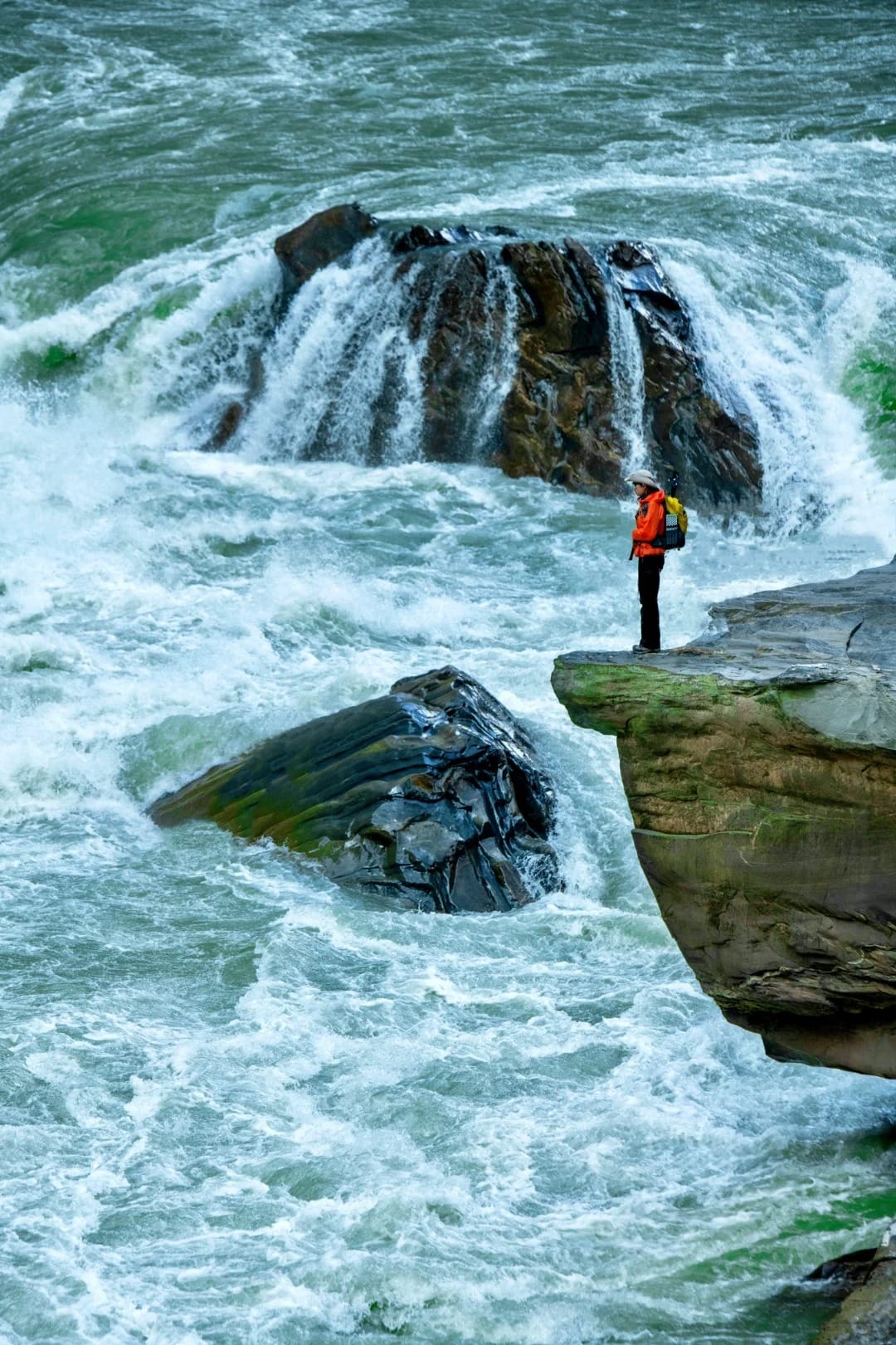
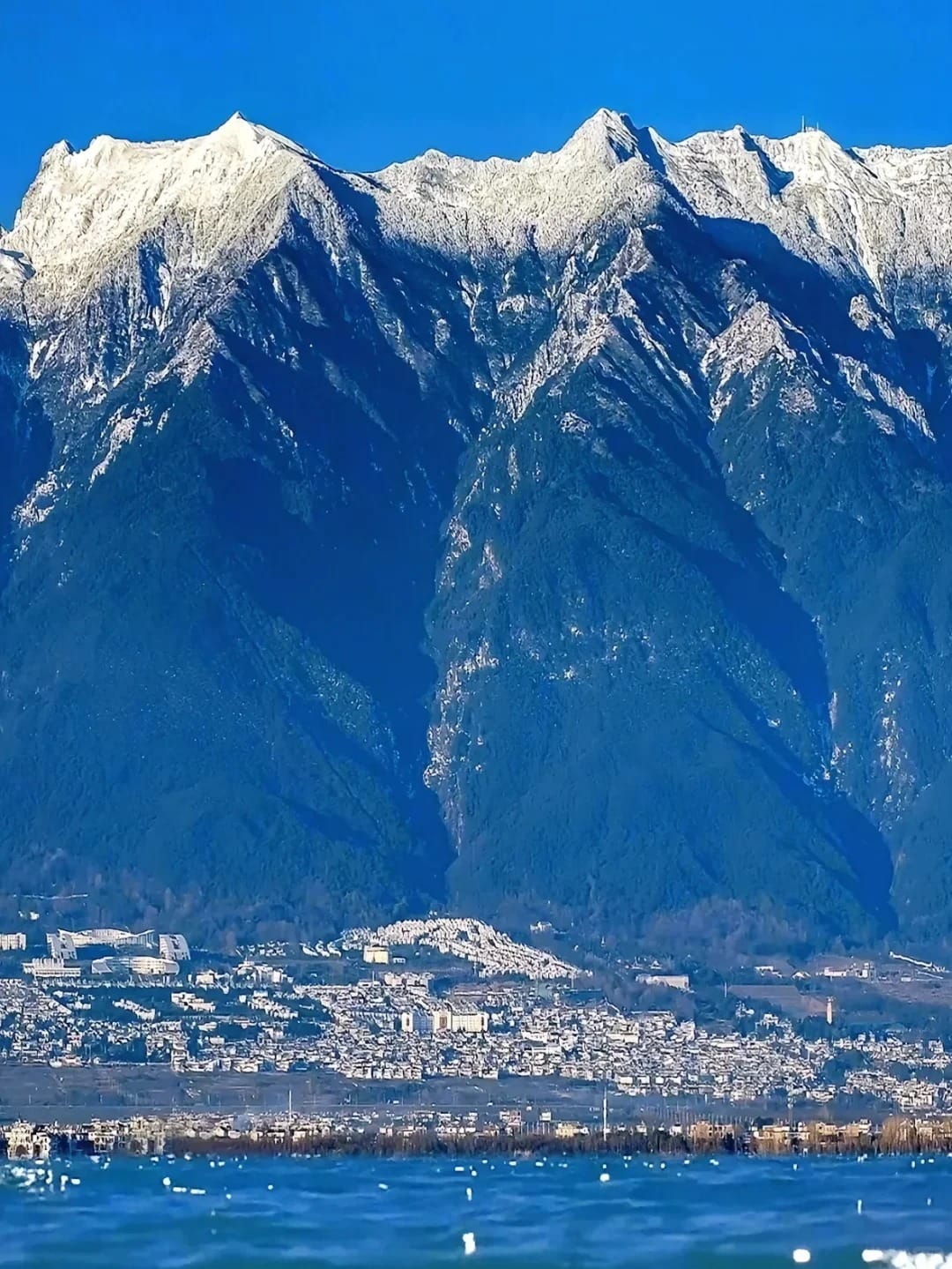
Regional Delicacy
- Hunan Cuisine: Characterized by its use of chili peppers, garlic, and shallots. Signature dishes include spicy fish head and Chairman Mao’s red-braised pork.
- Sichuan Cuisine: Known for its bold flavors, especially the numbing and spicy taste of Sichuan peppercorns. Must-try dishes include mapo tofu, kung pao chicken, and hotpot.
- Chongqing Hotpot: Famous for its intense and fiery broth. Diners can cook a variety of meats and vegetables in the bubbling pot.
- Guizhou and Yunnan: These provinces offer diverse ethnic cuisines. In Guizhou, try sour fish soup and in Yunnan, sample dishes like "crossing the bridge noodles" and the mushroom hotpot.
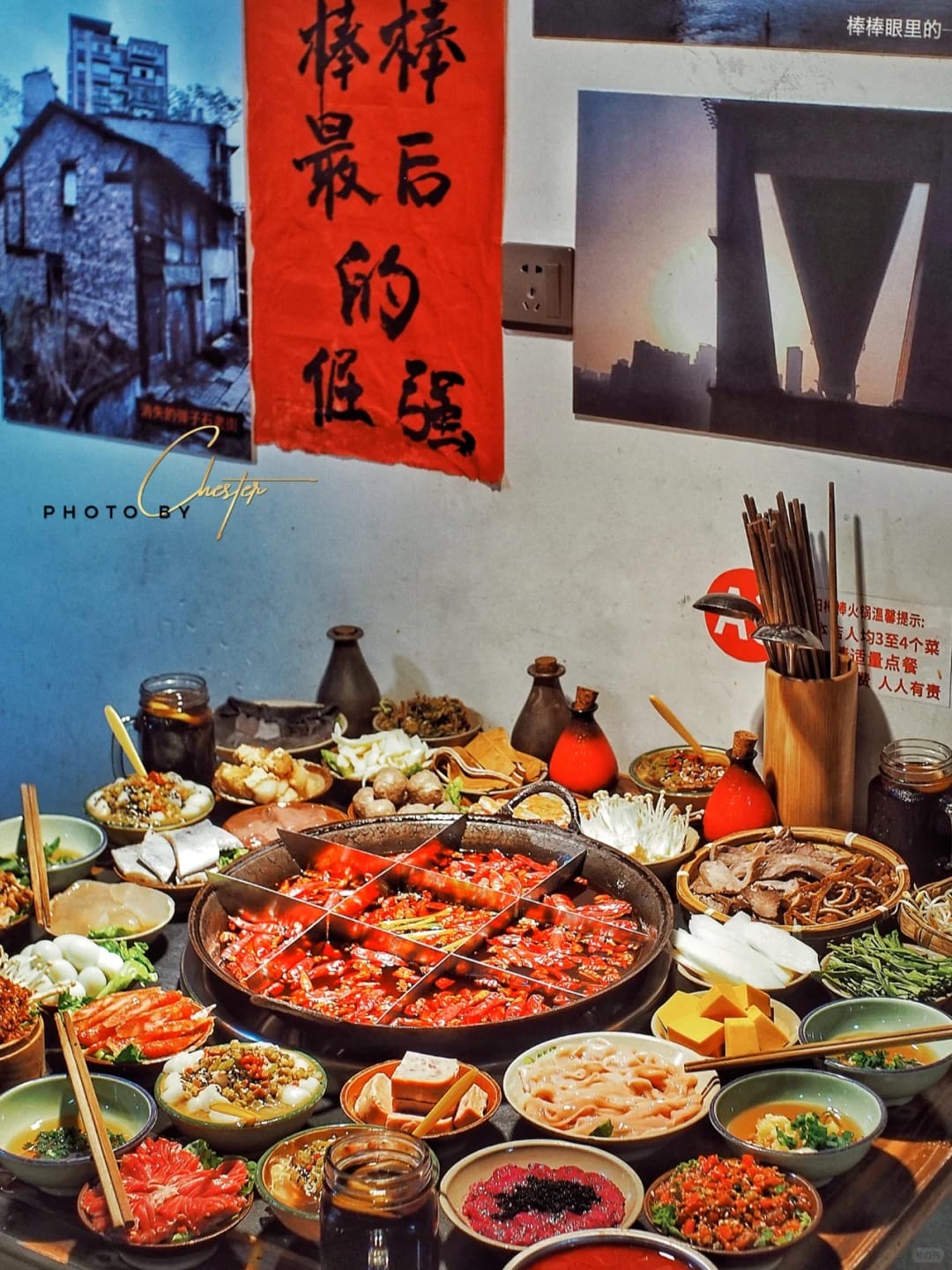

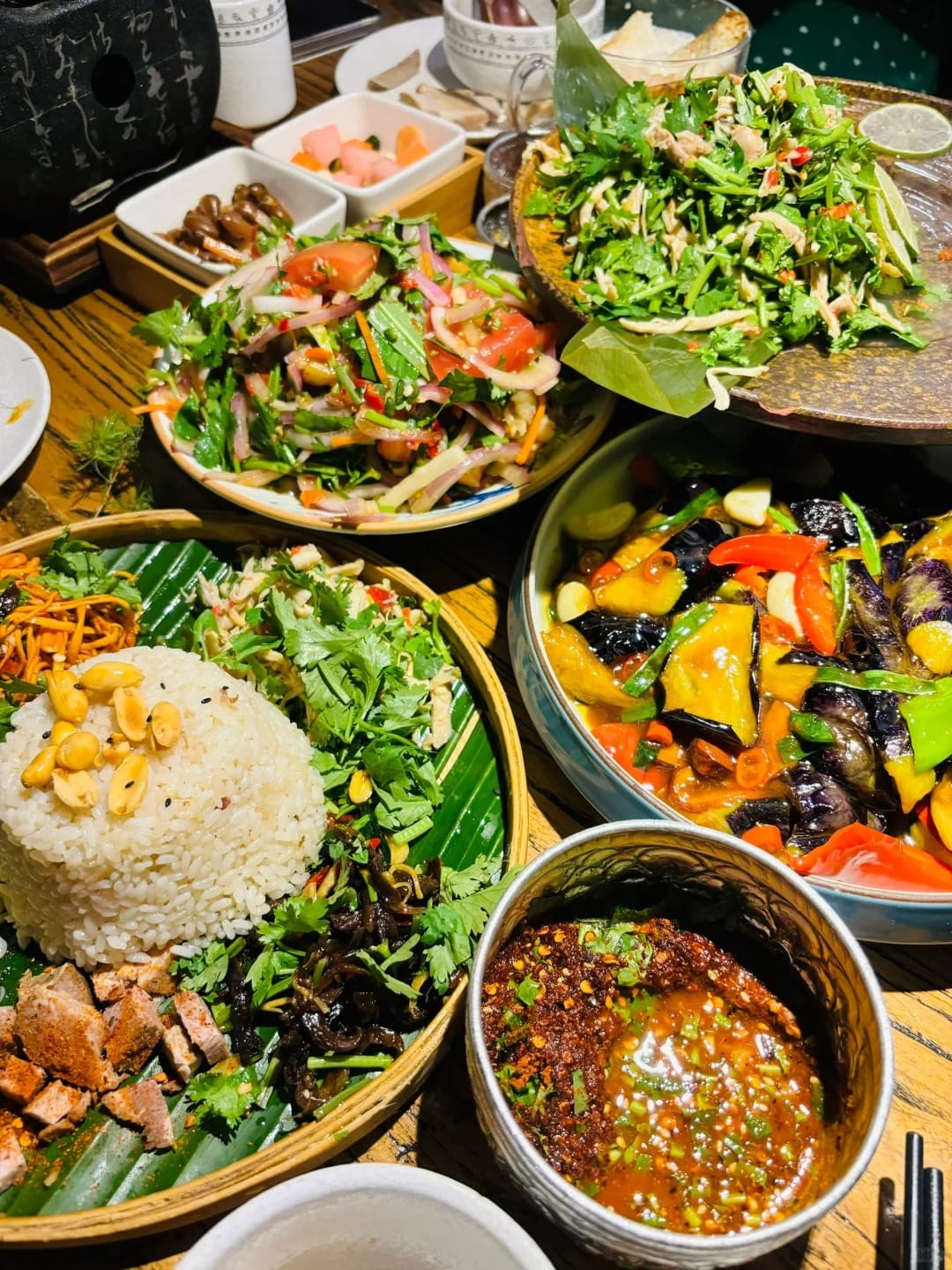
Chongqing Hotpot,Sichuan Cuisine,Yunnan Cuisine
Cultural Richness
- Ethnic Minorities: Southwest China is home to a multitude of ethnic groups, each with its own customs, festivals, and traditional dress. Key ethnic groups include the Zhuang, Miao, Yi, and Bai.
- Festivals: Experience traditional festivals such as the Miao's Lusheng Festival and the Yi Torch Festival, which showcase music, dance, and unique cultural practices.
- Traditional Architecture: Visit the Dong people's drum towers and wind-and-rain bridges in Sanjiang, and explore the Bai architecture in Dali.
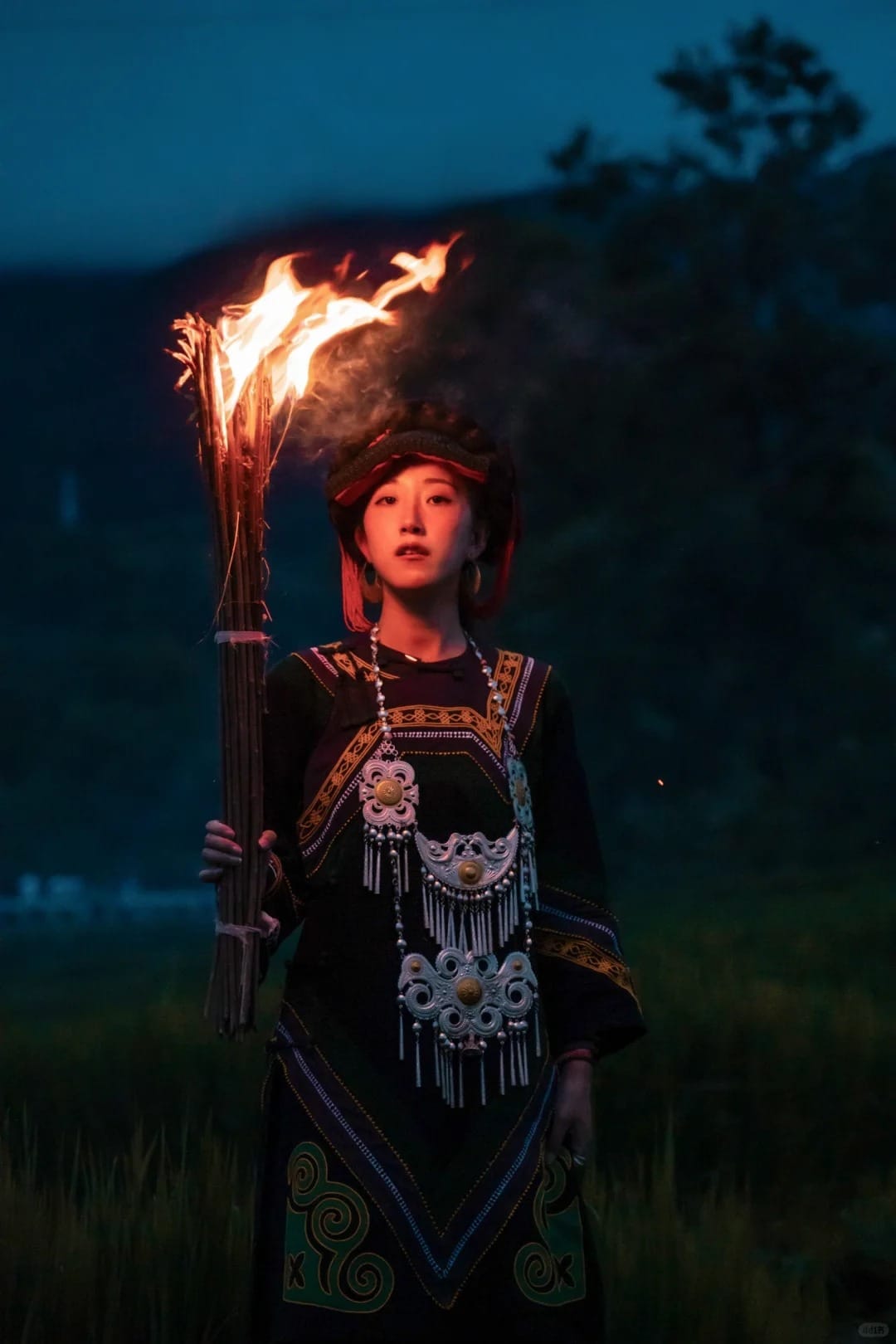
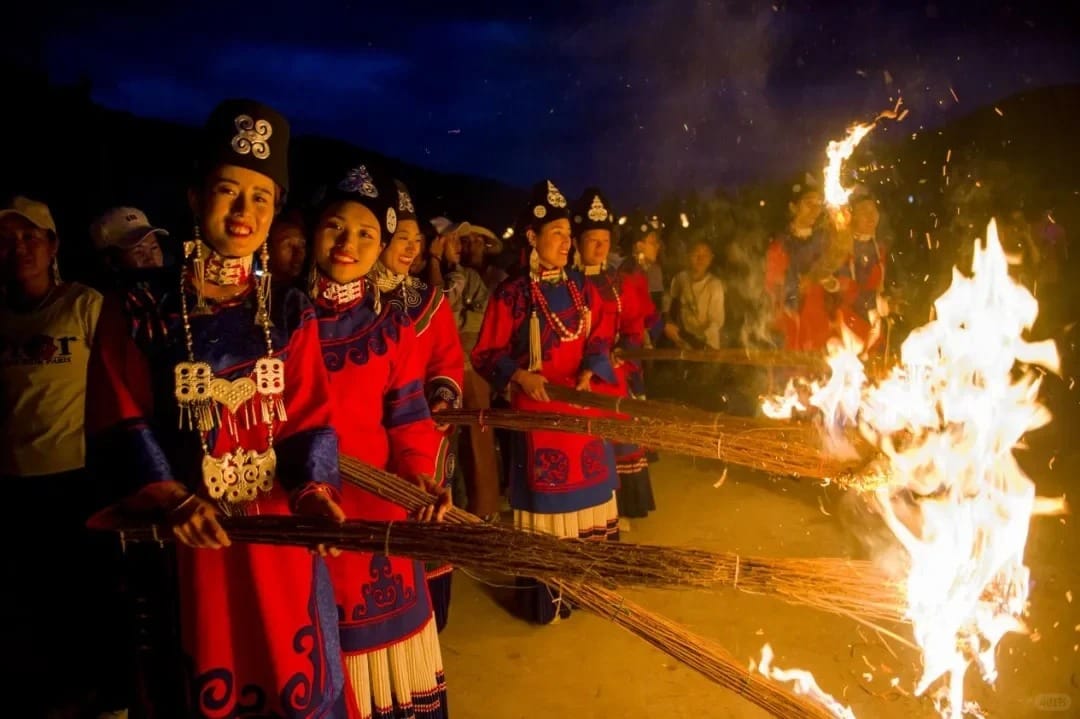
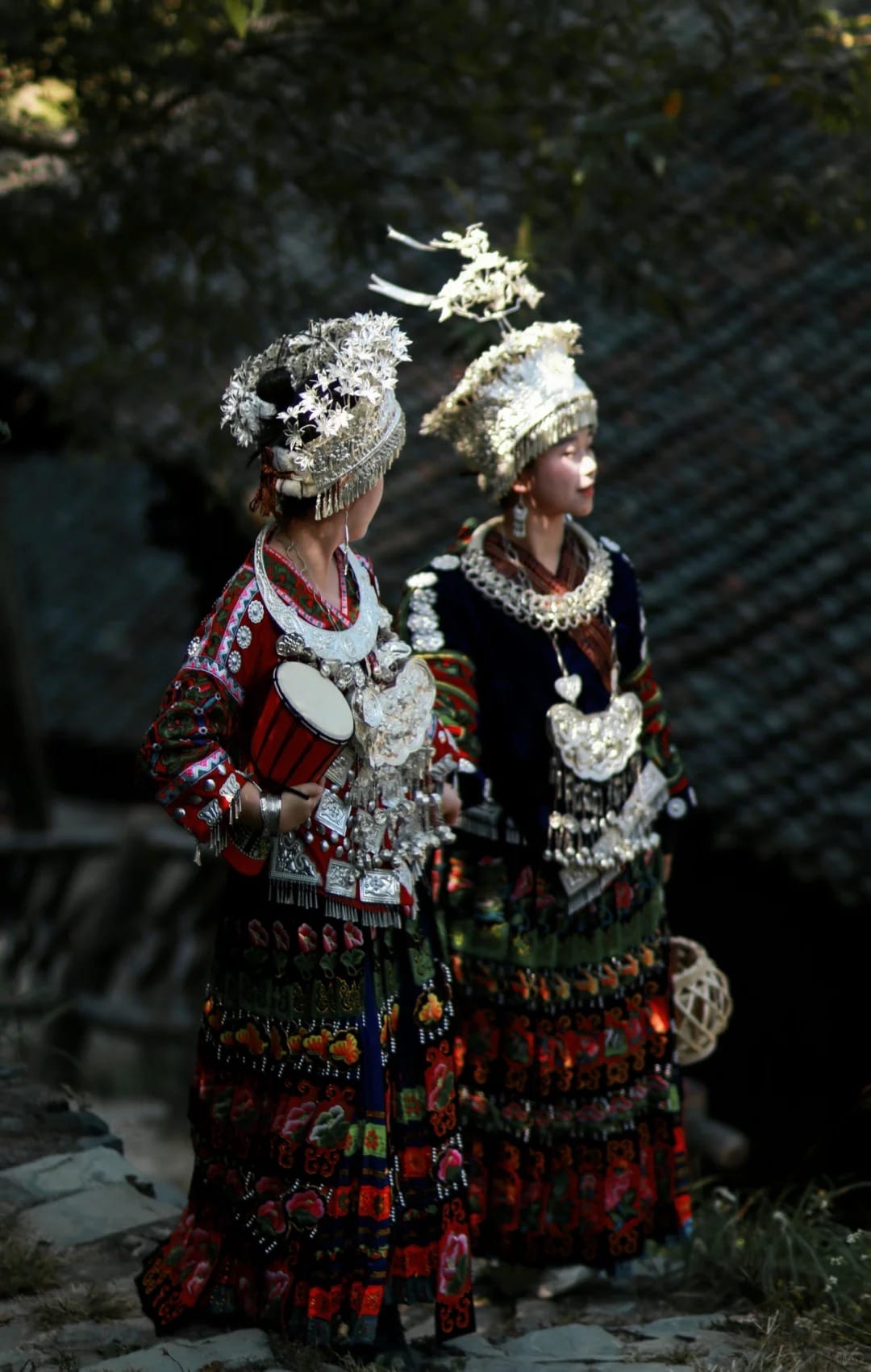


Economy
While China is undergoing rapid modernization, Southwest China maintains a more conservative pace of development. Cities like Chongqing and Kunming are modernizing quickly, but many rural areas still retain their traditional lifestyles. This contrast provides a unique travel experience, juxtaposing old and new China.
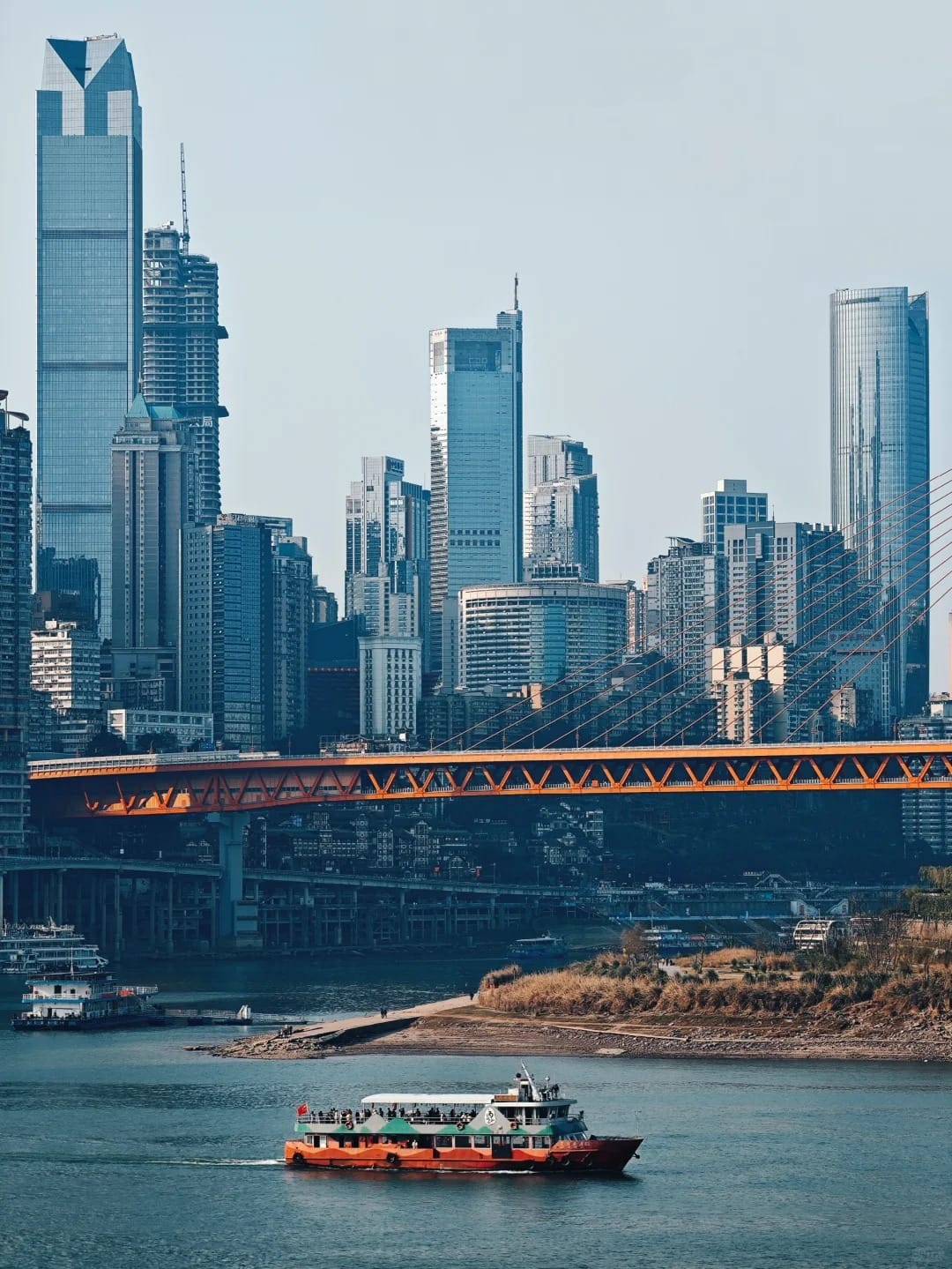
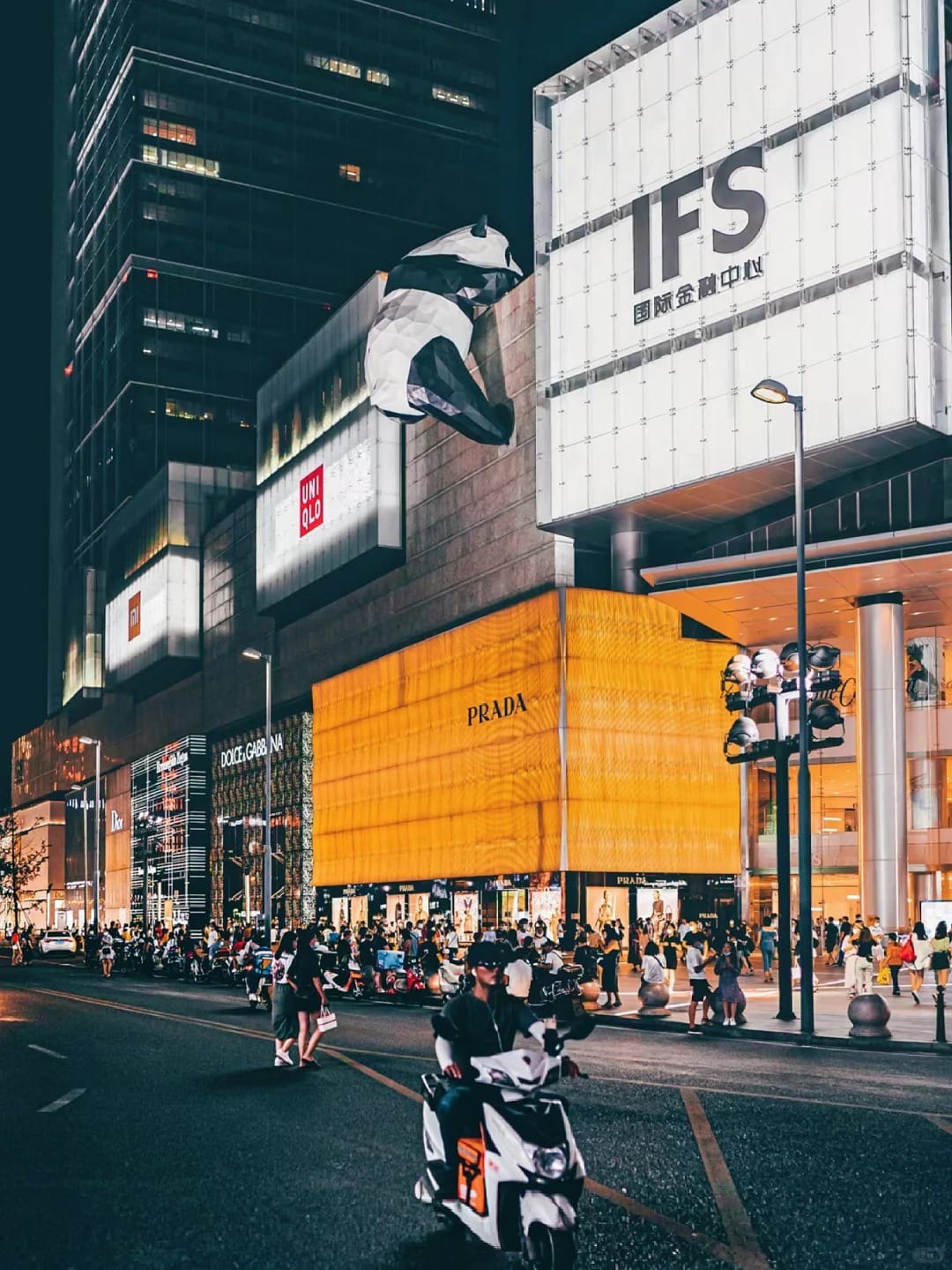


Best Time to Visit
- Spring (March to May): Mild temperatures and blooming flowers make this an ideal time for travel.
- Autumn (September to October): Clear sky and pleasant weather. The fall foliage in areas like Jiuzhaigou is particularly beautiful.
- Summer: Can be hot and humid, with temperatures varying based on altitude. It’s a great time to visit higher altitudes like Shangri-La.
- Winter: Generally cold and damp, but southern areas like Guangxi remain more temperate.
Getting Around
- Air Travel: Major cities such as Chengdu, Chongqing, Kunming, and Guiyang are well-connected by domestic and international flights.
- Trains: China’s extensive railway network connects most cities and towns. High-speed trains are available on major routes, while sleeper trains are an economical option for long distances.
- Buses: Ideal for reaching remote areas not served by trains. Be prepared for longer travel times and variable comfort levels.
- Car Rentals: Available in major cities for those who prefer to explore at their own pace. Ensure you have an international driving permit.
Costs and Money
- Accommodation:
- Budget: Hostels and guesthouses (¥50-250 per night)
- Midrange: Boutique hotels and standard hotels (¥250-500 per night)
- Luxury: Upscale hotels and resorts (¥500+ per night)
- Food:
- Street food and local eateries: ¥25-100 per day
- Midrange restaurants: ¥100-300 per day
- High-end dining: ¥300+ per meal
- Transportation:
- Buses and subways: ¥2-10 each trip
- Trains: ¥50-300 for most trips
- Domestic flights: ¥300-1500, depending on the route and time of booking
Key Festivals
- Spring Festival (Chinese New Year): Celebrated nationwide with fireworks, feasts, and family reunions.
- Water-Splashing Festival: Celebrated by the Dai people in Xishuangbanna, Yunnan, from April 13-15. There will be lots of water fights and cultural performances.
- Dragon Boat Festival: Held in late May or June, featuring boat races and the eating of zongzi (sticky rice dumplings).
- Mid-Autumn Festival: Celebrated in September or October with mooncakes and lantern displays.
- Yi Torch Festival: Held in summer, involving bonfires, dancing, and bullfighting.
Travel Tips
- Visa and Vaccinations: Check the latest visa requirements and recommended vaccinations for travel to China.
- Travel Insurance: Essential for covering medical emergencies, travel delays, and other unforeseen events.
- Packing Essentials:
- Comfortable walking shoes
- Weather-appropriate clothing
- Personal hygiene products
- A good book or travel journal for long journeys
- A travel adapter for electronic devices
- Health and Safety:
- Drink bottled or boiled water
- Be cautious with street food to avoid stomach issues
- Stay updated on local weather conditions
- Avoid travelling to areas with natural disasters or political unrest.
Unique Experiences
- Li River Cruise: Take a scenic boat ride from Guilin to Yangshuo, passing through stunning karst landscapes.
- Shangri-La: Explore this high-altitude Tibetan town in Yunnan, known for its Buddhist monasteries and breathtaking scenery.
- Lugu Lake: Visit the home of the Mosuo people, known for their matriarchal society and unique “walking marriages”.
- Huangguoshu Waterfall: One of China’s largest waterfalls, located in Guizhou.

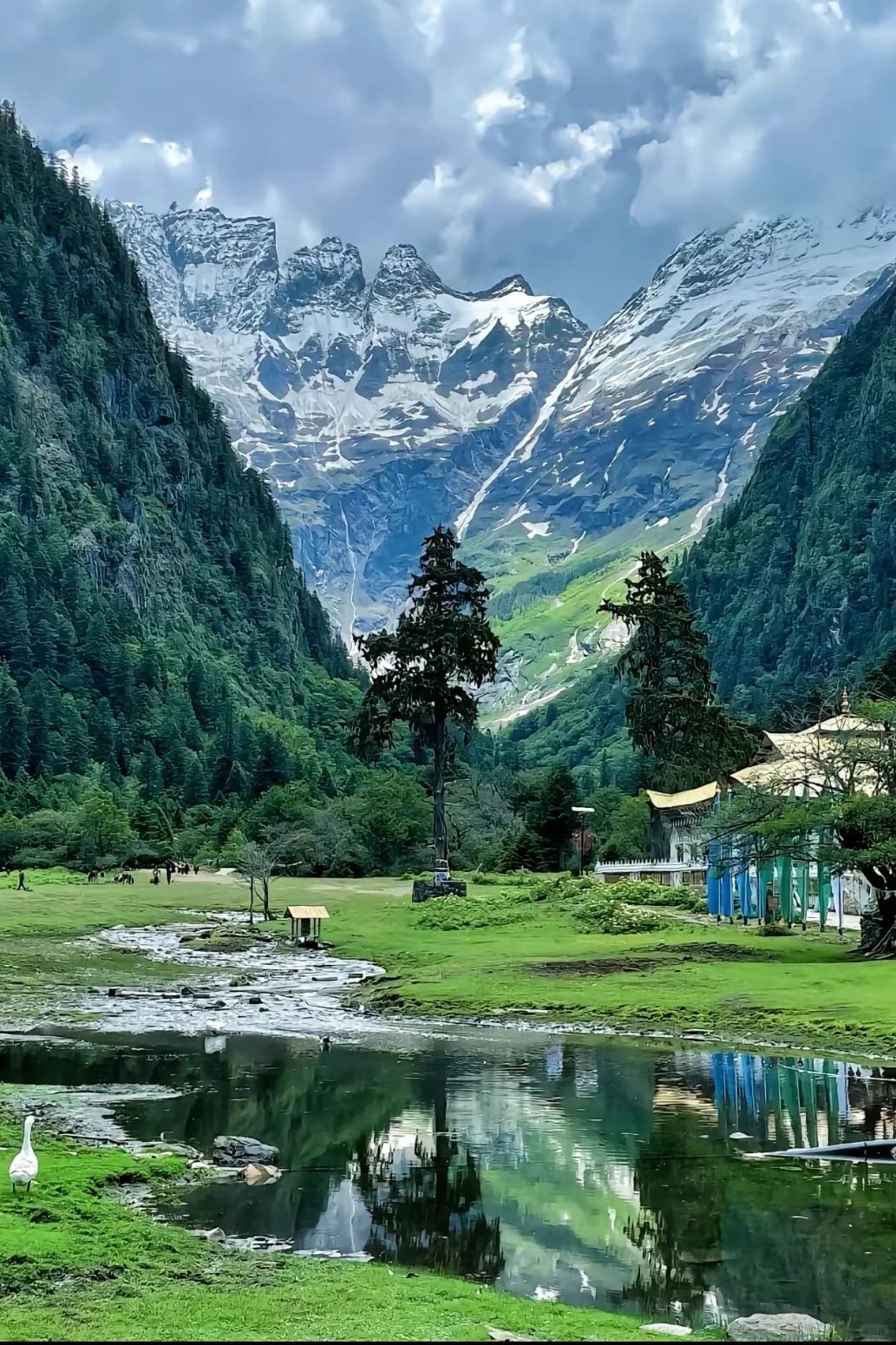


💡
Southwest China is a destination rich in natural beauty, cultural diversity, and regional delicacy. Whether you’re an adventurer, a culture enthusiast, or someone looking for a tranquil escape, this region offers a wealth of resoureces that will create lasting memories. Plan your journey and get ready to explore one of China's most enchanting regions.




